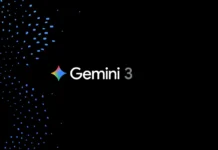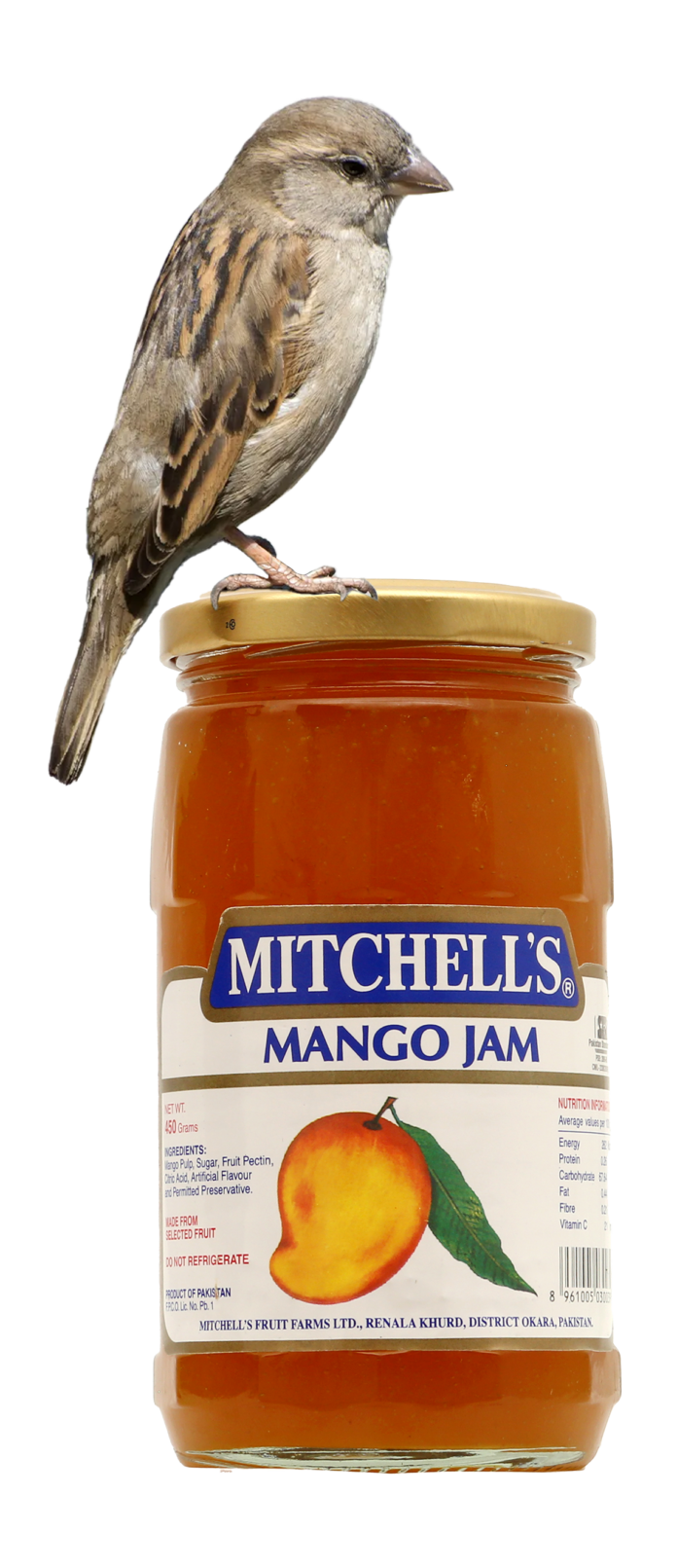We here at Profit have been following the story of Mitchell’s very closely since 2019. Why would we not? It is a grand old Pakistani company, its products have made it a household name, it is owned by one of the most prominent business families in the country, and is currently headed by one of the most recognisable individuals in Pakistan: Najam Sethi.
Since at least 2019 it has been up for sale. The Mohsin family, which owns Mitchell’s and is part of the extended family of Syed Babar Ali and Syed Wajid Ali, decided to sell the company after running it for more than 70 years. A titan in its heyday, Mitchell’s could not keep up with technological advances and (more importantly) stiffer competition. It suffered a series of losses and the family decided it was time to make the most of their assets and hand Mitchell’s over to someone else.
But it didn’t quite go according to plan. Despite finding a buyer, the Covid-19 pandemic derailed the deal catapulting Mitchell’s into a five year period where it wasn’t clear whether they were after a turnaround or looking for another buyer. Central to all of this has been Najam Sethi. The former journalist who has served both as caretaker chief minister and as PCB chairman (both caretaker and official) is the son-in-law of S M Mohsin, the original patriarch that was running Mitchell’s.
Despite the five years that it has taken, Mitchell’s now has a buyer once again. Which is why it might be a good time to look back at how this time went, and how Sethi managed to bring the company back on the table. And more importantly, what comes next? The content in this publication is expensive to produce. But unlike other journalistic outfits, business publications have to cover the very organizations that directly give them advertisements. Hence, this large source of revenue, which is the lifeblood of other media houses, is severely compromised on account of Profit’s no-compromise policy when it comes to our reporting. No wonder, Profit has lost multiple ad deals, worth tens of millions of rupees, due to stories that held big businesses to account. Hence, for our work to continue unfettered, it must be supported by discerning readers who know the value of quality business journalism, not just for the economy but for the society as a whole.To read the full article, subscribe and support independent business journalism in Pakistan

























